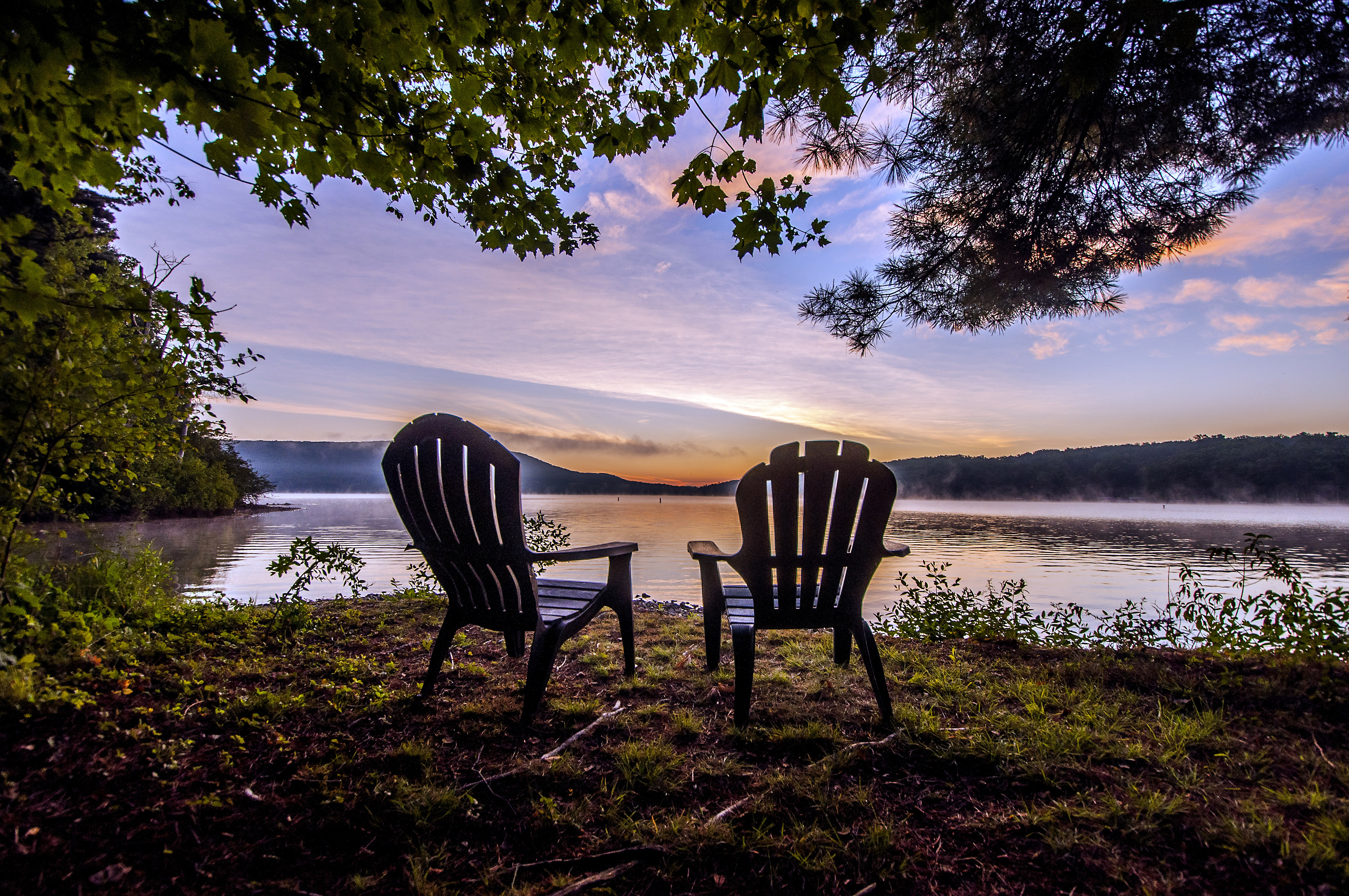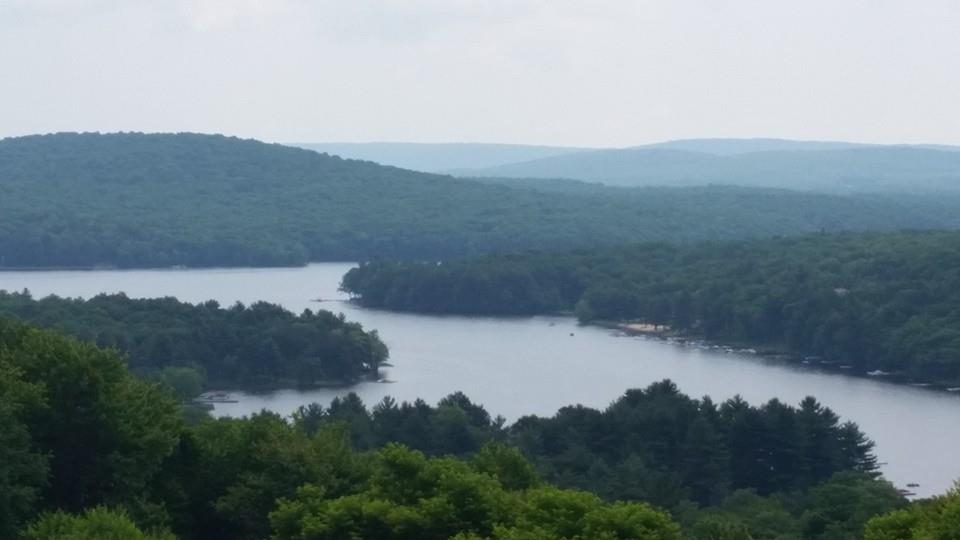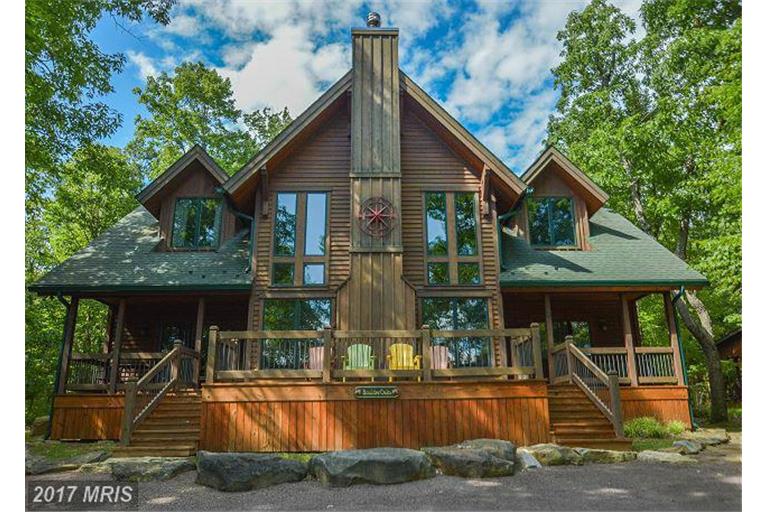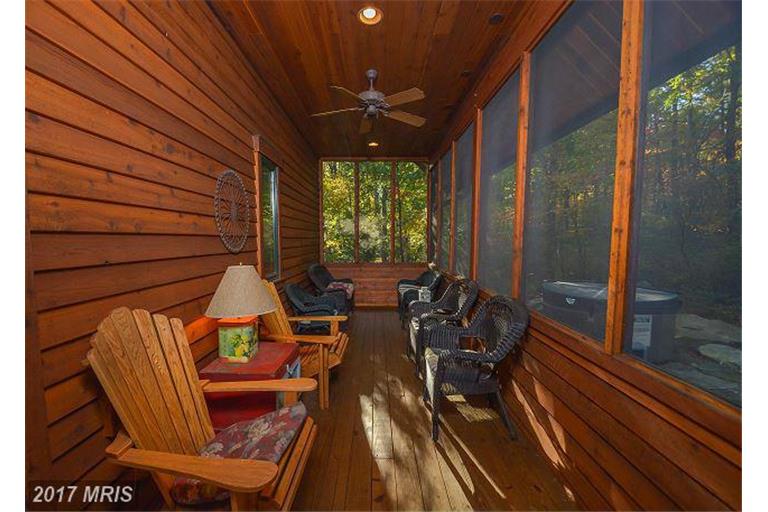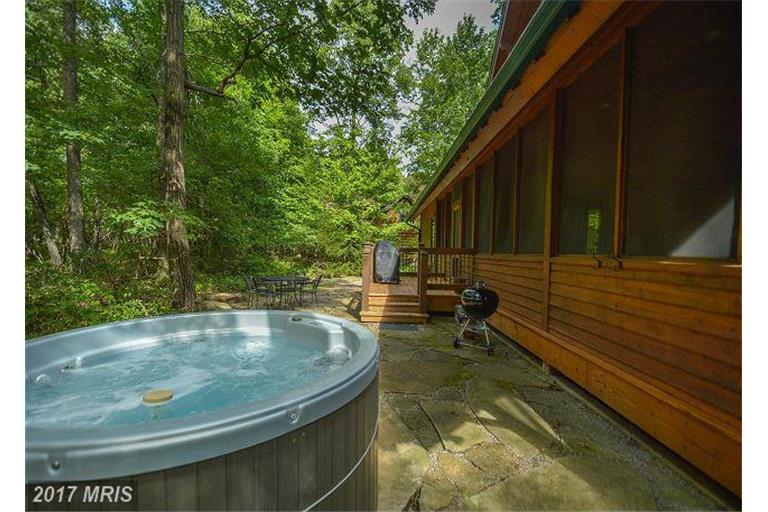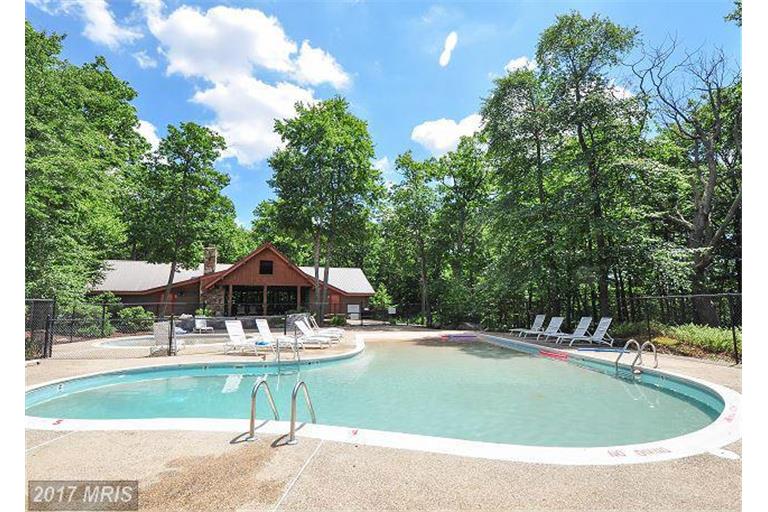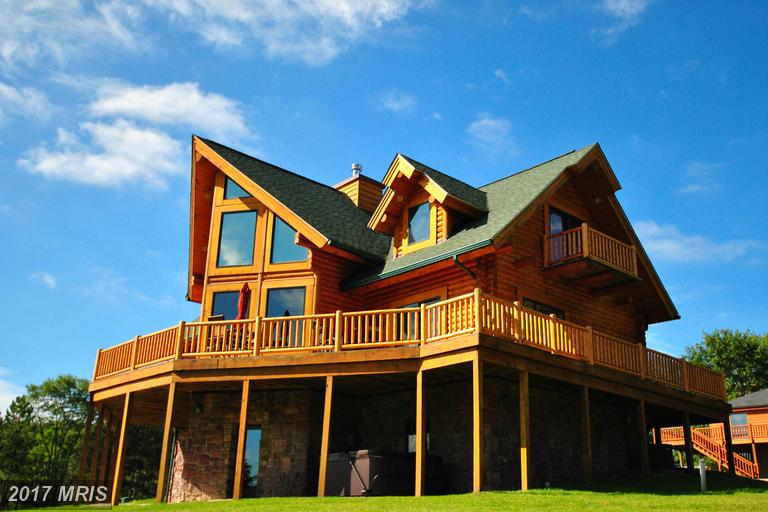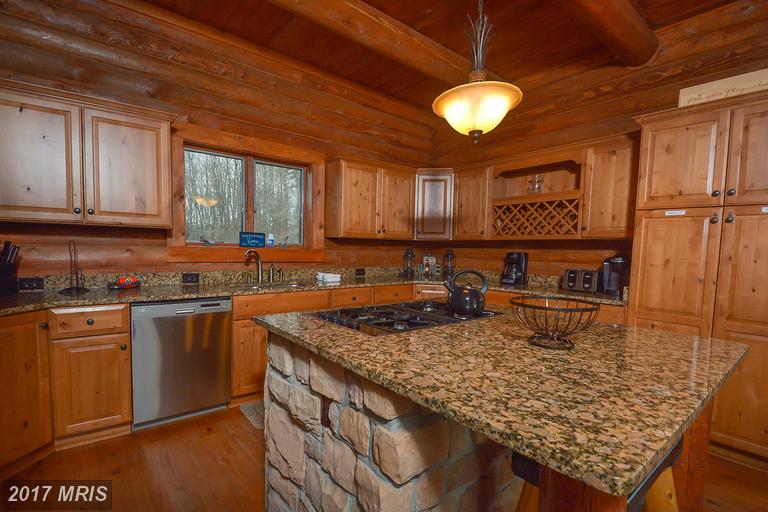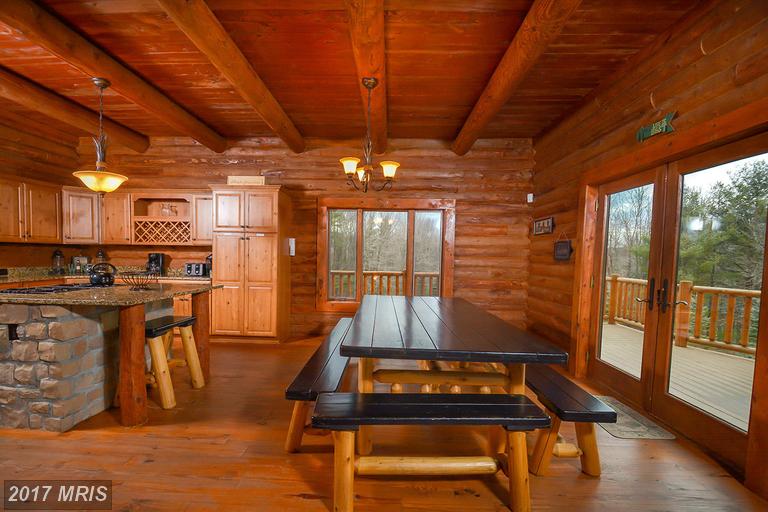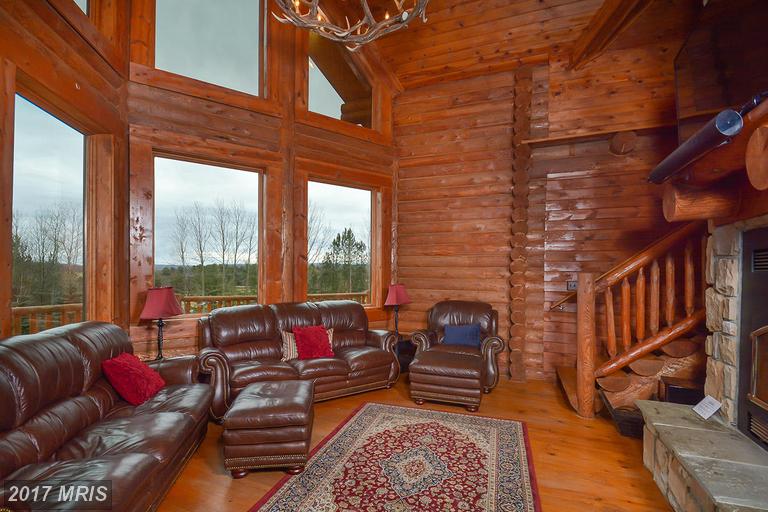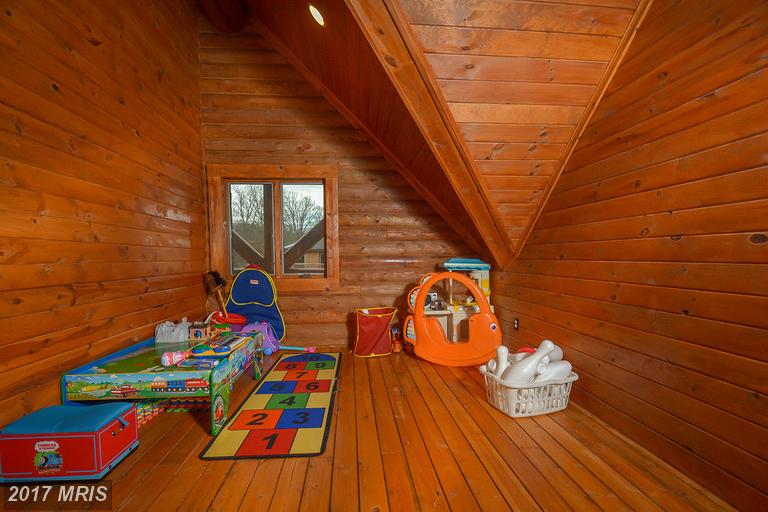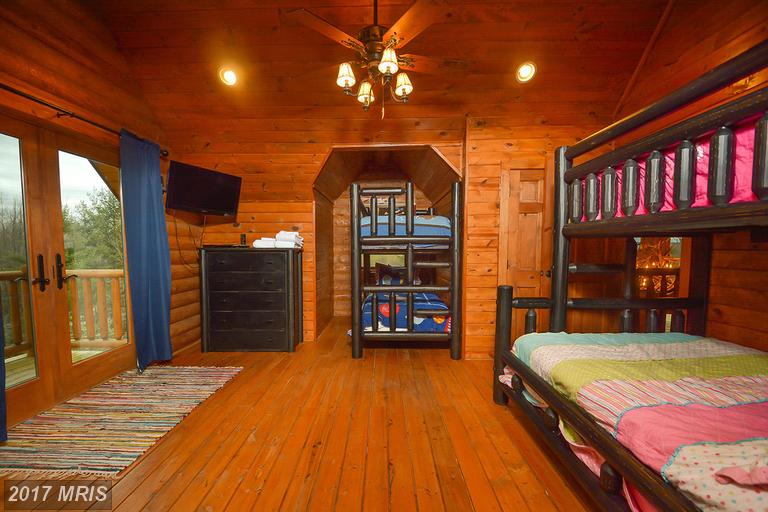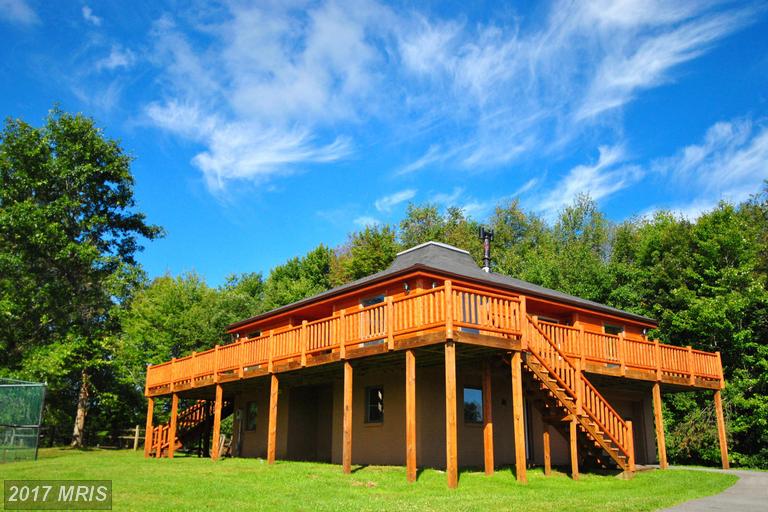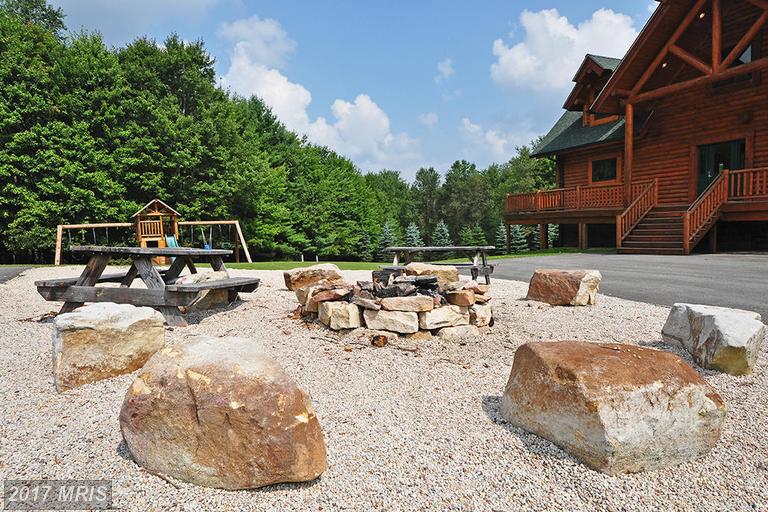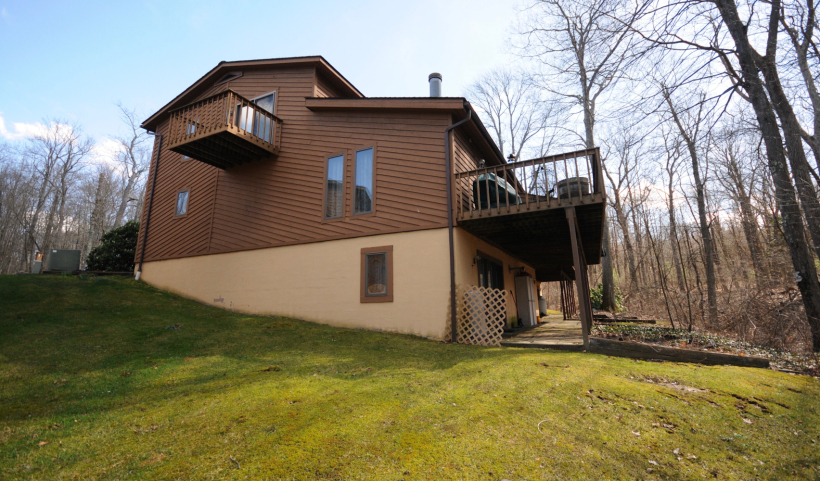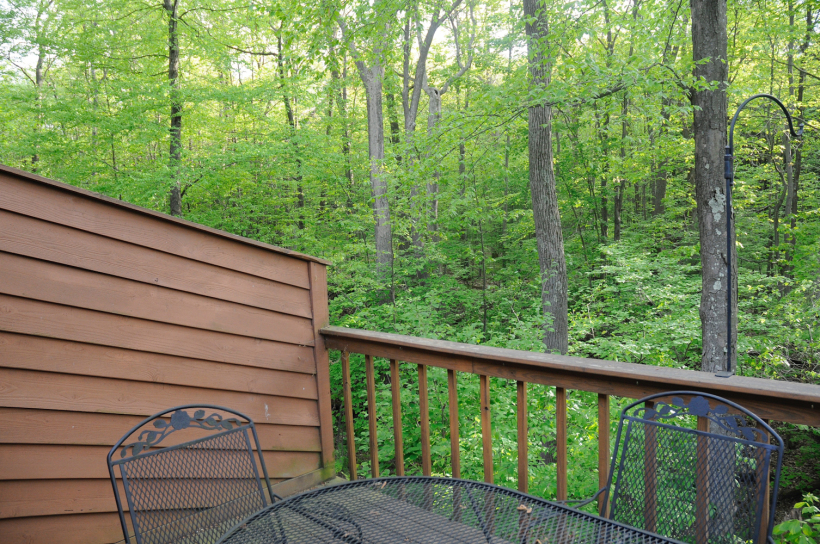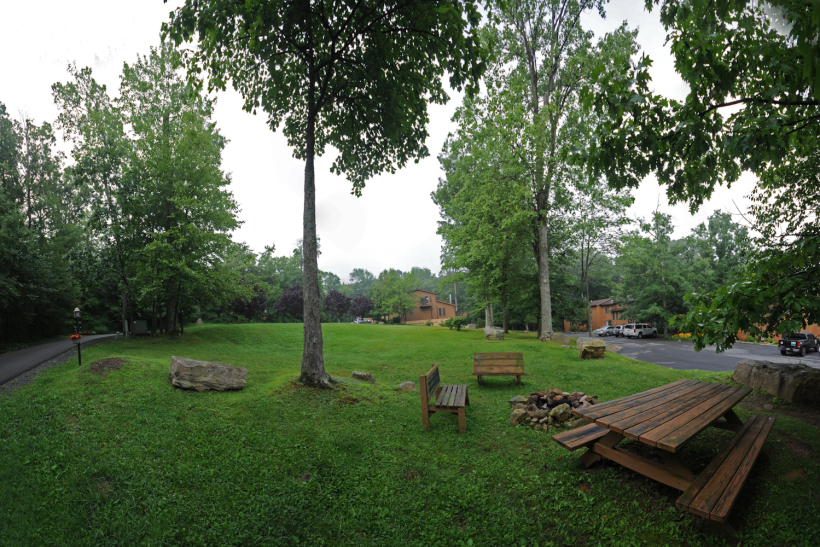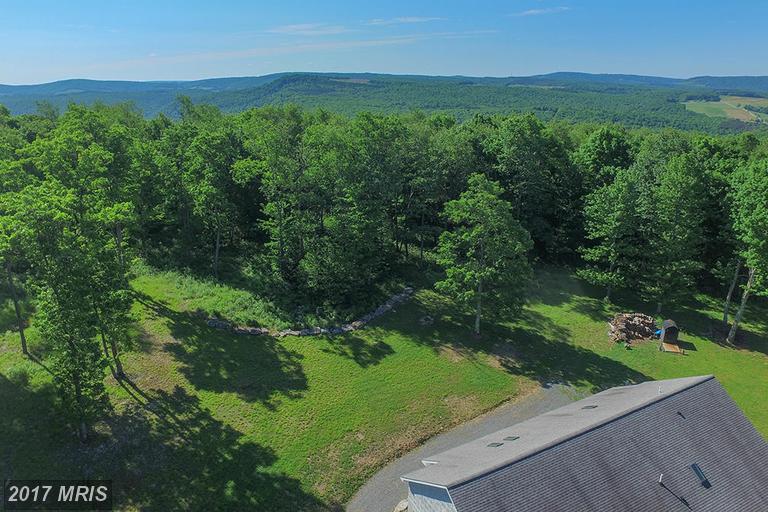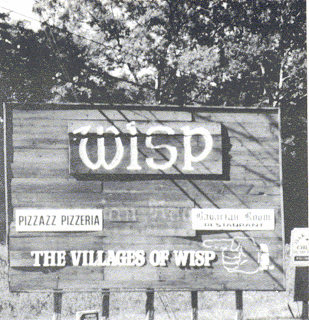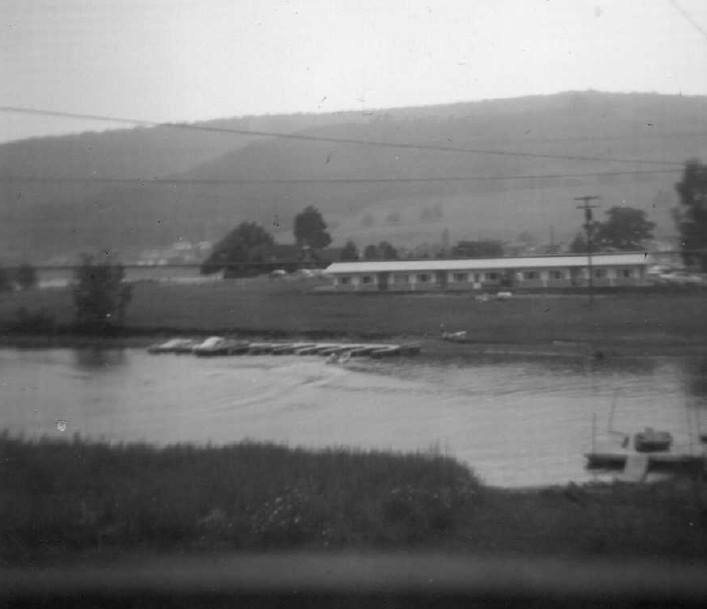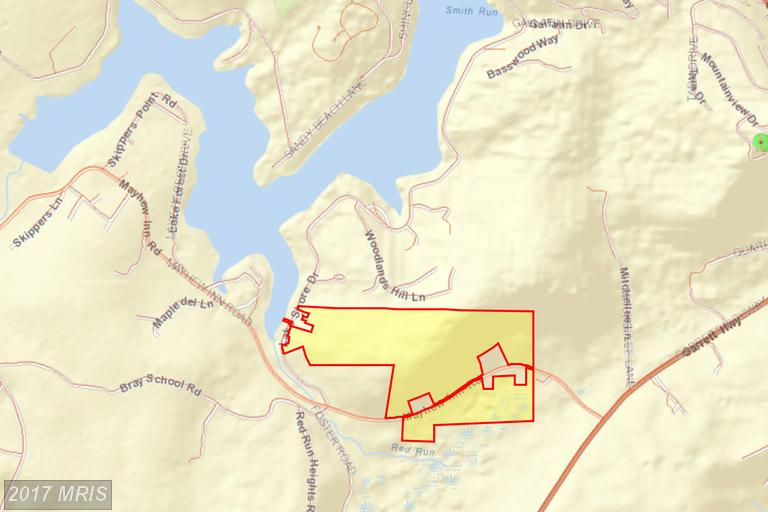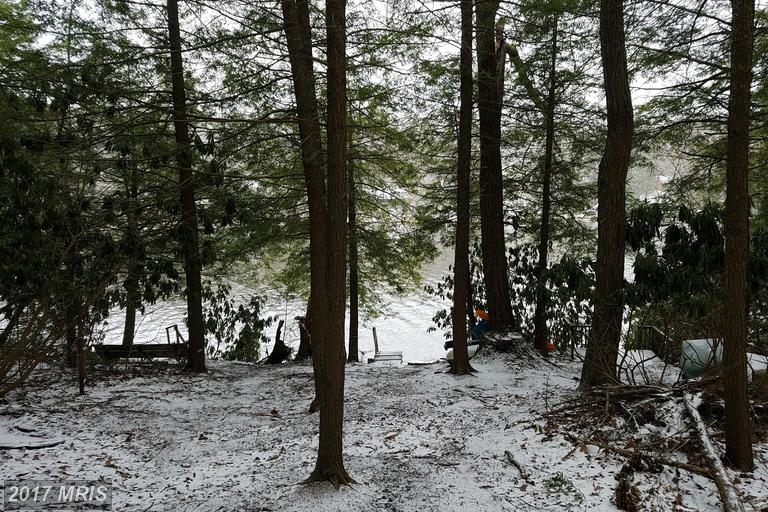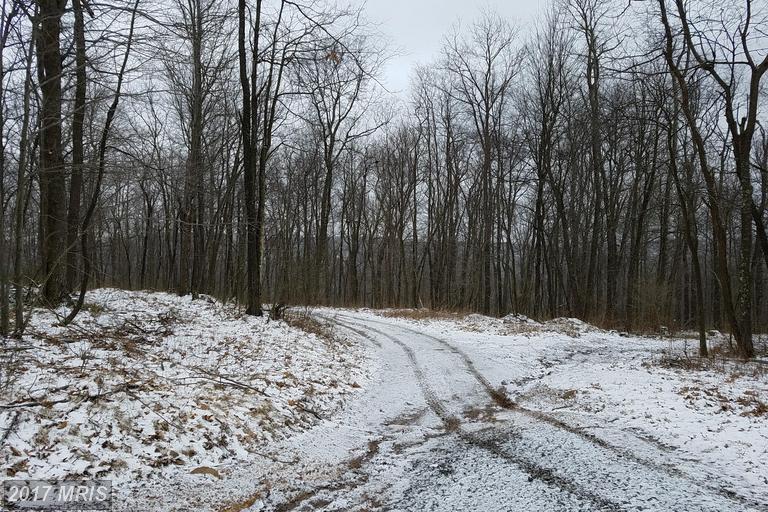Tag: deep creek lake
PROGRAMS HELP GARRETT COUNTY
The Maryland General Assembly passed two bills that will benefit Garrett County and Deep Creek Lake.
The payment in lieu of taxes, or PILOT program, will result in Garrett County receiving about a million dollars in fiscal year 2019. The PILOT program benefits state forests, parks and wildlife management areas.
A bill was also passed that establishes the State Lakes Protection and Restoration Fund, which requires the Department of Natural Resources to develop a working budget, and to develop a plan, prioritizing projects that receive funding.
State Lakes Protection and Restoration Fund Bill just passed General Assembly
April 8, 2017
Friends–
We are pleased to announce the State Lakes Protection and Restoration Fund Bill passed the House on 138-0 vote at noon today. Since the bill has already passed the Senate, it is on the way to Governor Hogan’s desk to enact into law.
Th bill was introduced by Senator George Edwards and Delegate Wendell Beitzel. Take a minute to thank them for their legislative work to ensure bill passage. (george.edwards@senate.state.md.us and wendell.beitzel@house.state.md.us)
The bill is a “small bill”. It only asks that DNR create the fiscal structure for a Fund. No allocation of money was requested. Even so, at one point late in the process, DNR suggested a small language which could have killed the bill. Fortunately Delegate Dana Stein spoke out against this recommendation.
Deep Creek Lake is one of 16 state-owned lakes across the state and, like DCL, it appears that all are facing challenges of lake aging and need for protection and restoration efforts. The State of Maryland owns these lakes and is, therefore, responsible for their health as natural and recreational resources.
Another reason for celebration: This is the first bill supported by all lead lake-related entities: County Commissioners, Garrett County Board of Realtors, Chamber of Commerce. A CLEAR DCL, Friends of DCL, DCL POA and Green Glade Guardians. Over 50 lake property owners also sent letters of support. .
More thank yous! We do want to recognize our lobbyist Eric Gally for his hard work tracking the bill and the lake people who came to Annapolis to testify in support of the bill: Joe Zamoiski, Tony Fuller, Richard Matlick, and Brian Greenberg. Folks from state environmental colleagues also helped us secure passage: Kristen Harbeson from MD LCV, MD Sierra Club, and The Nature Conservancy.
Next Step. We will need to “fund” the Fund. To do so we must convince the Governor to allocation financial resources into the Fund in his next budget. We hope all the entities which supported the bill will also actively work for its
Since the budget process begins almost immediately, Friends of DCL will be developing a Fund the Fund Campaign to be launched early in the summer.
All our work todate has led up to the creation of the mechanism and now the challenge to get funding for it to enable the state to do the work needed to restore and protect our beloved lake for generations to come.
Let’s hope the snow in Garrett County melts soon and the high water levels subside because we have a lot to celebrate this summer– and some fun Fund-raising to do!
Your friends and neighbors,
Friends of Deep Creek Lake Board.
NEW LISTING- 60 Westward Way
Check out my new listing!
Custom built masterpiece! Handcrafted wood finishes adorn this 4BR/3BA chalet. Amazing detail from top to bottom.
Oak doors & floors, cherry cabinets, pegged beams and a cozy fireplace! Sit outside on the peaceful back porch or soak in the hot tub.
Community features outdoor swimming pool, tennis, and a trail network that leads to Deep Creek Lake.
Vacation rental “Boulder Oaks”.
For a 3-D tour, click here.
For more information, click here.
NEW LISTING- 1137 BOY SCOUT ROAD- 2 HOUSES FOR 1
Check out this amazing compound on Boy Scout Road!
2 high-end vacation rental properties on 5 acres + DOCK! Each home boasts granite, SS appliances, and private hot tub. ‘Log Hut’, the 2nd house, offers 4BR, 2BA, private deck.
Private basketball + tennis courts, play-ground, massive lawn to accommodate weddings & events, and a private, country setting.
The sky is the limit with this unique setup! $40k+/- income.
Live in one, rent the other!
For more information, click here.
NEW LISTING- 37 LAUREL BROOK
Check out my listing in Laurel Brook!
Lake area townhouse. 3 levels with plenty of living space in a private setting. This end unit fronts on a small brook and backs to woods.
Serene setting, but within a short walk or drive to dining, shopping, entertainment and Deep Creek Lake state park.
Great value for the money!
For more information, click here.
FEATURED LISTING- 4792 Friendsville Road
Looking for an amazing custom home close to Deep Creek Lake?
Check out my listing on Friendsville Road. This home is directly in between the lake and I-68 making it incredibly convenient.
10+acres! 5,000+sf, indoor heated pool. Uber-efficient compound constructed w/ Polystyrene poured concrete. Radiant floor heat, hardwood, granite, central vac, stone fireplace & accent walls, spacious rooms, massive walk-in closets in every room, skylights-contact for FULL feature list.
7 add. acres avail. UNZONED recreational paradise.
Must see to appreciate!
FOR MORE INFORMATION, CLICK HERE.
Wisp Resort- a Flashback to Snowier Weekends
With the Wisp Resort opening this weekend, we decided to celebrate with some flashbacks to snowier winters.
First, let’s take a look at this old school video of Wisp Resort.
And some photos…


